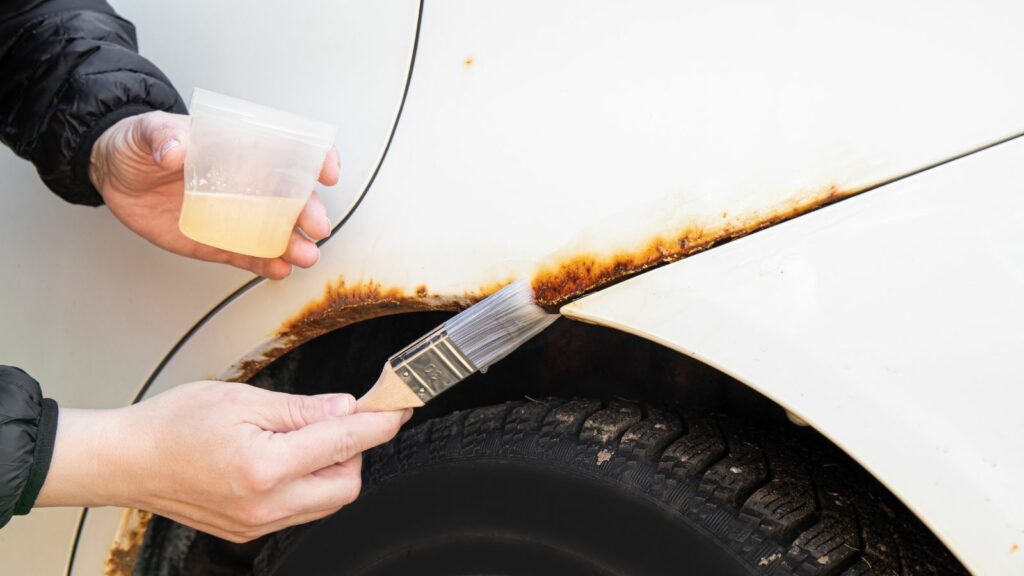Rust was once the greatest enemy of car owners. A few winters in the salt belt and even relatively new vehicles would show bubbling paint, rotting rocker panels, and rust creeping across wheel arches. For decades, aftermarket rustproofing was treated as essential, and many dealers sold it right alongside the car. But times have changed. Modern manufacturing uses better metals, superior paint technology, and long term corrosion warranties. That raises the question for today’s drivers: is rustproofing still worth paying for, or is it an outdated expense?
How Cars Used to Rust
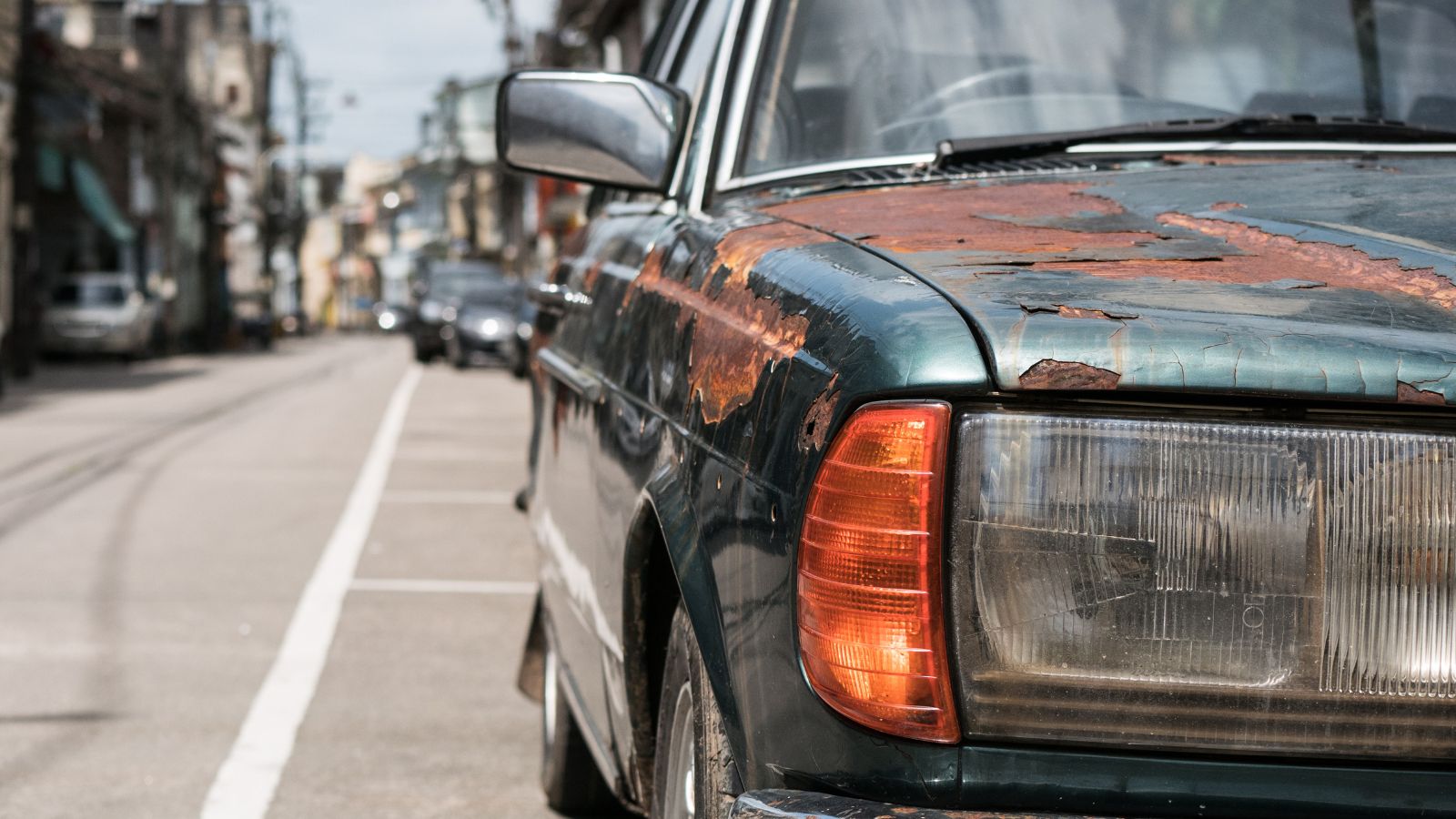
If you owned a vehicle in the 1970s or 1980s, rust was almost guaranteed. Automakers often used thinner sheet metal, simple single stage paints, and minimal underbody protection. Body panels trapped water and salt, and drainage holes were poorly designed or nonexistent. After five to ten winters in northern climates, cars could be riddled with rust, making them unsafe and difficult to sell. For many owners, aftermarket rustproofing was the only way to buy a few more years before their car dissolved into flakes.
What Automakers Do Today
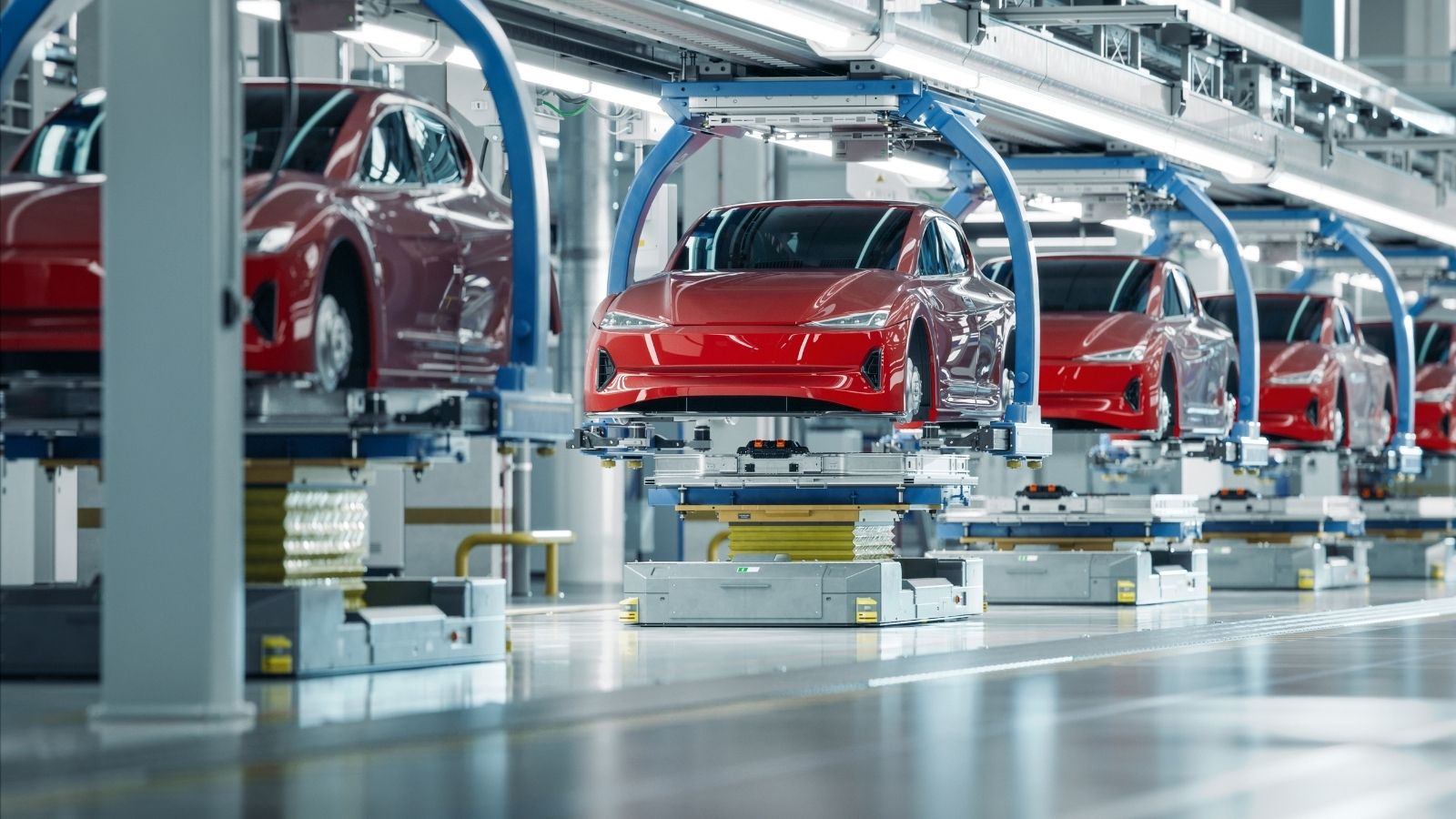
Today’s vehicles are far better prepared from the factory. Most manufacturers use galvanized steel panels that resist corrosion, high quality underbody coatings, and multi stage paint processes that create a durable, sealed finish. Computer aided design has also improved drainage, helping salt and water flow out instead of sitting in seams. Automakers now back this up with long corrosion warranties, often lasting ten years or more. Brands like Toyota, Honda, and Volkswagen cover rust perforation for a decade, while companies like Hyundai and Kia have matched or exceeded those timelines. Compared to the rust prone cars of the past, modern vehicles are vastly more resilient.
Where Rust Still Strikes
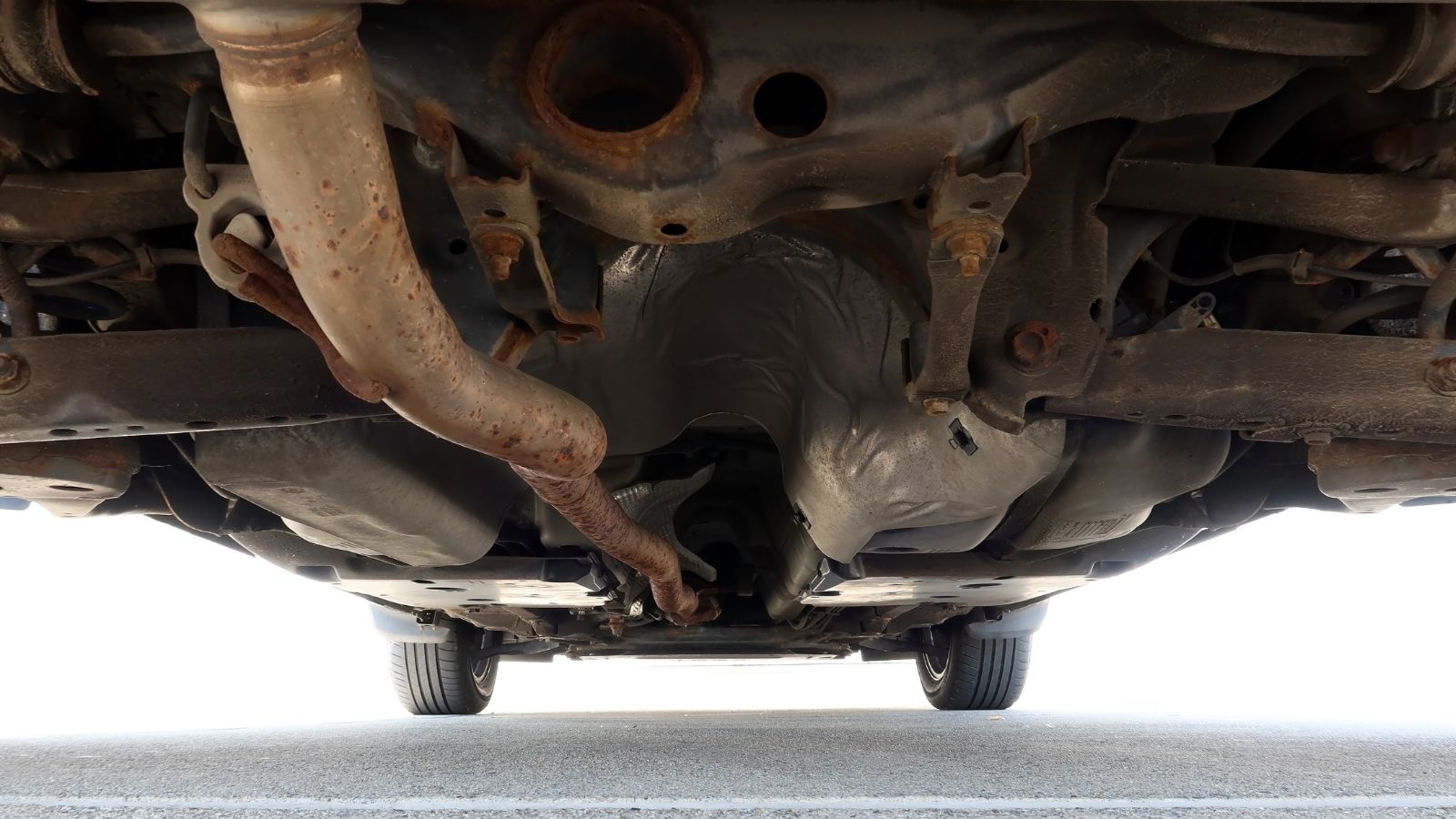
That does not mean the problem has disappeared. Rust can still form on suspension components, brake lines, exhaust systems, and undercarriage bolts because those areas are not always as well protected. Owners in states with heavy road salt like Michigan, New York, or Pennsylvania still see significant corrosion within a few years. Coastal areas present another challenge, with salty ocean air slowly eating away at exposed metal. Even the best modern coatings can be defeated by constant salt exposure, neglected paint chips, or deep scratches. For trucks and SUVs frequently used off road, mud and grit can sit in seams and trap moisture, creating long term issues.
The Case for Extra Protection
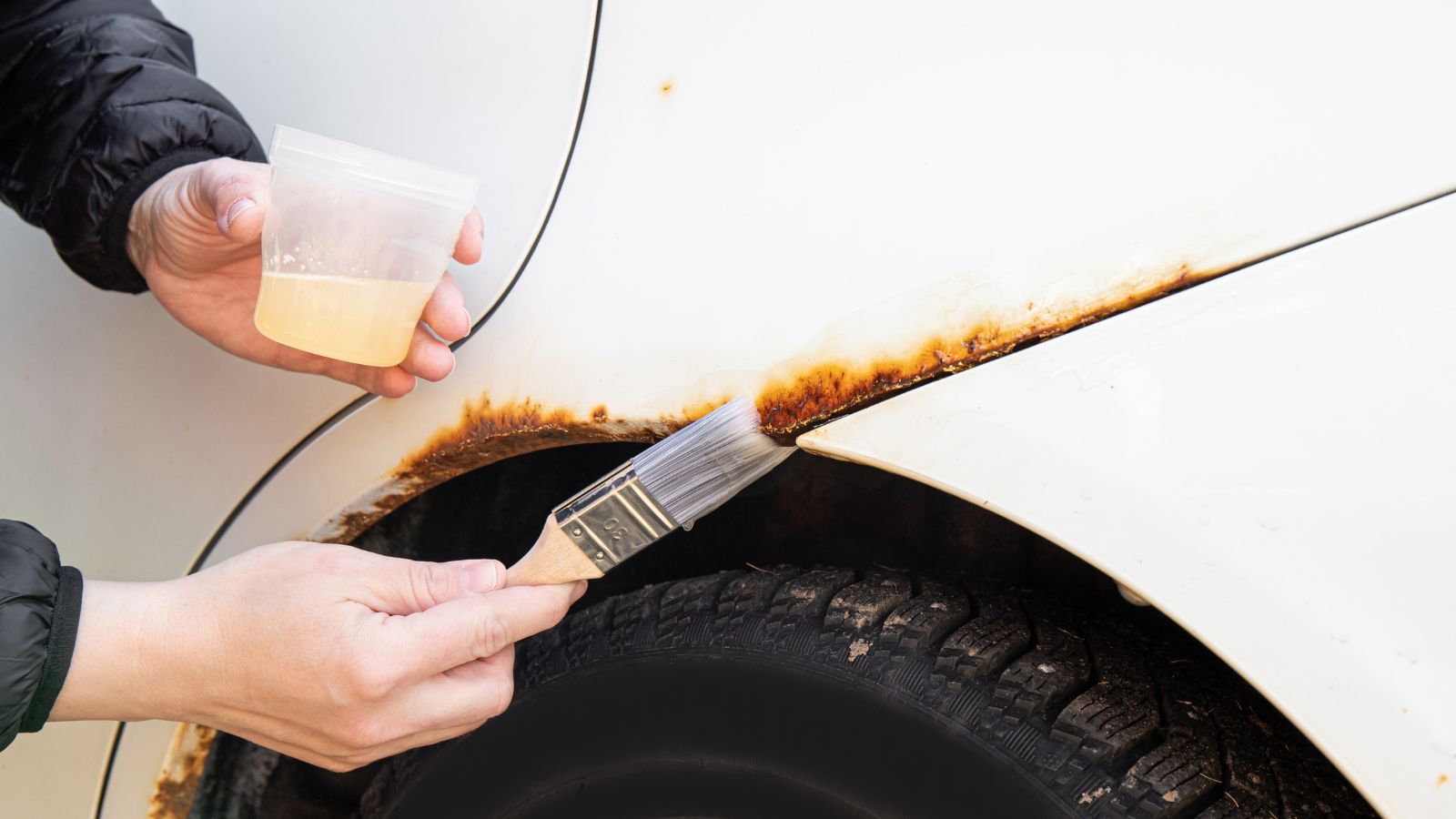
For those living in the harshest climates, aftermarket rustproofing still makes sense. Treatments that spray wax or oil based products into hidden cavities and frame rails can reach spots that factory coatings may not cover. Owners who plan to keep their vehicle beyond ten years often benefit most, since corrosion protection fades as the years go by. Pickup owners who haul loads through gravel, mud, or salted roads can extend frame life significantly with added protection. Classic examples include Canadian drivers who swear by annual oil spray treatments like Krown or Fluid Film, which have kept trucks on the road well past 300,000 miles. In these conditions, rustproofing can pay for itself by delaying costly structural repairs or frame replacements.
The Case Against It
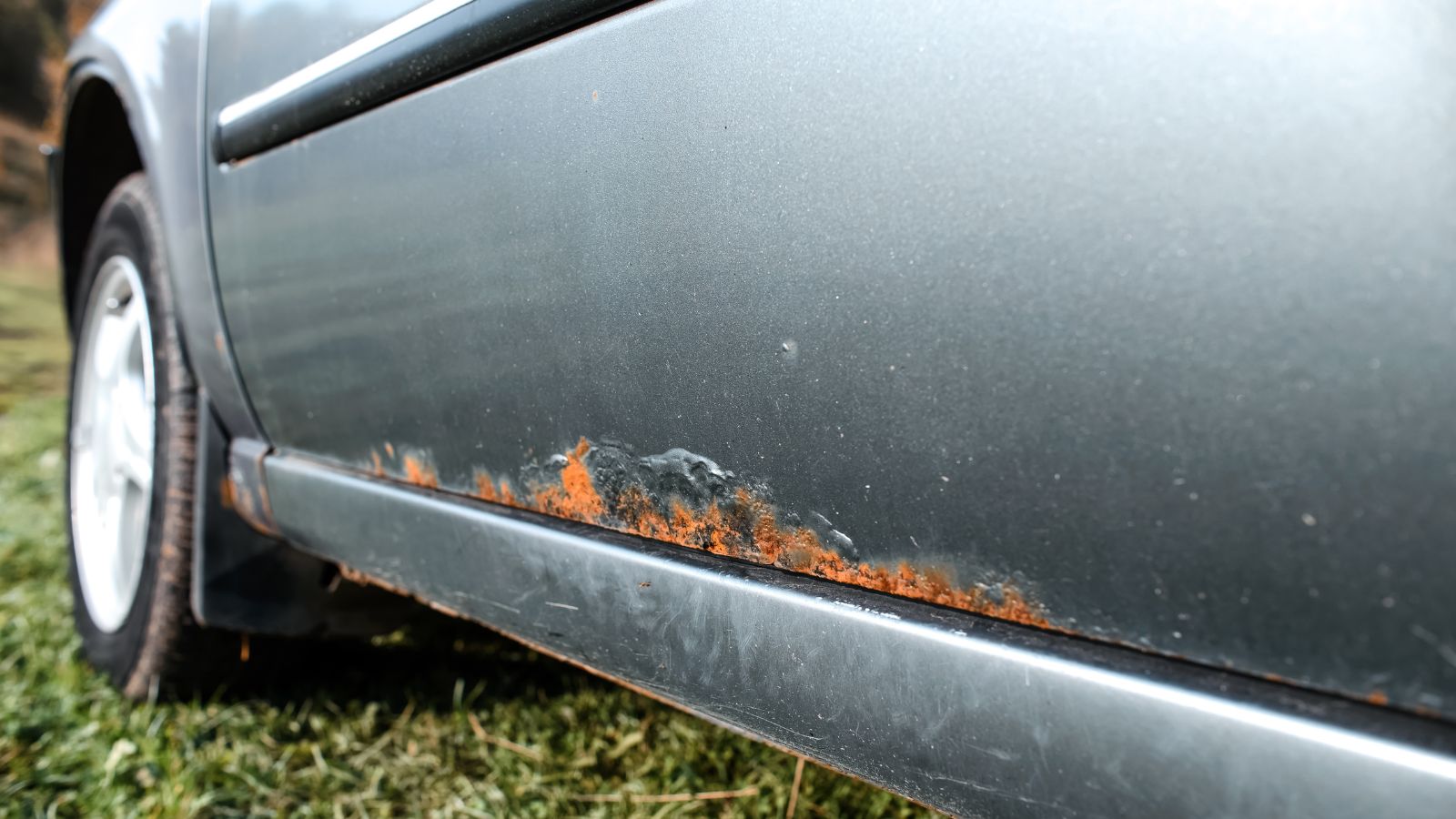
On the other hand, many drivers are right to skip it. If you live in a dry climate like Arizona, Nevada, or much of California, rust is almost nonexistent. For leased vehicles or those replaced every three to five years, rustproofing is money you will never see back, since you will trade in long before corrosion becomes an issue. Some aftermarket treatments can also cause problems. If applied poorly, they can clog drain holes or trap moisture, accelerating rather than preventing corrosion. Others may interfere with factory warranties that already cover rust perforation. In these cases, preventive habits are more than enough protection without the added cost.
Examples of Rust Resistant and Rust Prone Models
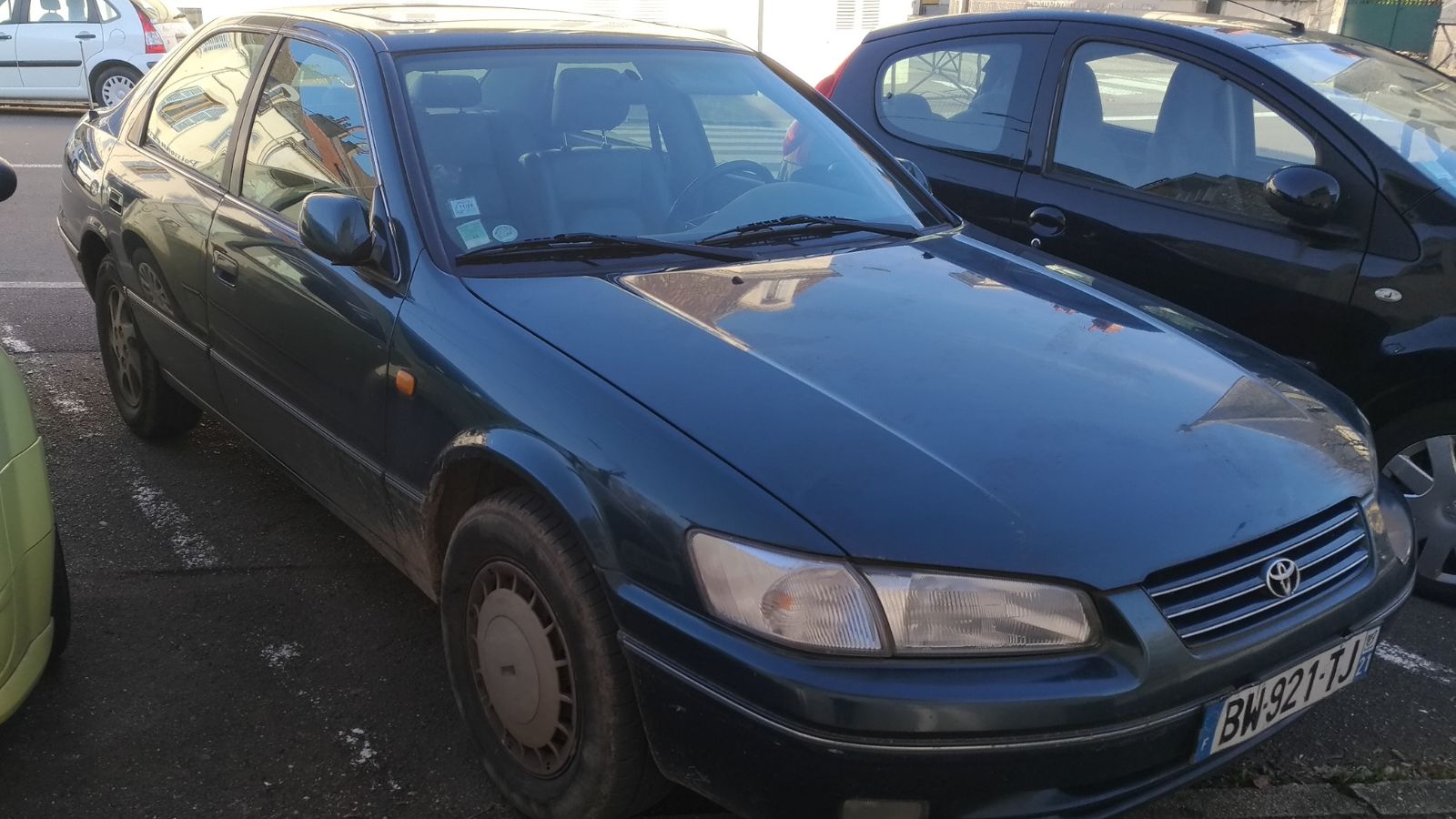
Some vehicles are famously tough against rust. Toyota’s Camry and Corolla, Honda’s Civic and Accord, and Volvo’s 240 series were built with durability in mind and continue to hold up decades later. On the flip side, some models developed reputations for rust issues despite modern manufacturing. The Mazda 3 and Mazda 6 from the early 2000s were notorious for rear wheel arch and frame corrosion in northern climates. Certain Ford F 150s from the mid 2000s also suffered premature frame rust in salt states. In these cases, owners who invested in aftermarket rustproofing often avoided the costly frame and body repairs that plagued untreated examples.
Real World Cases Where It Paid Off
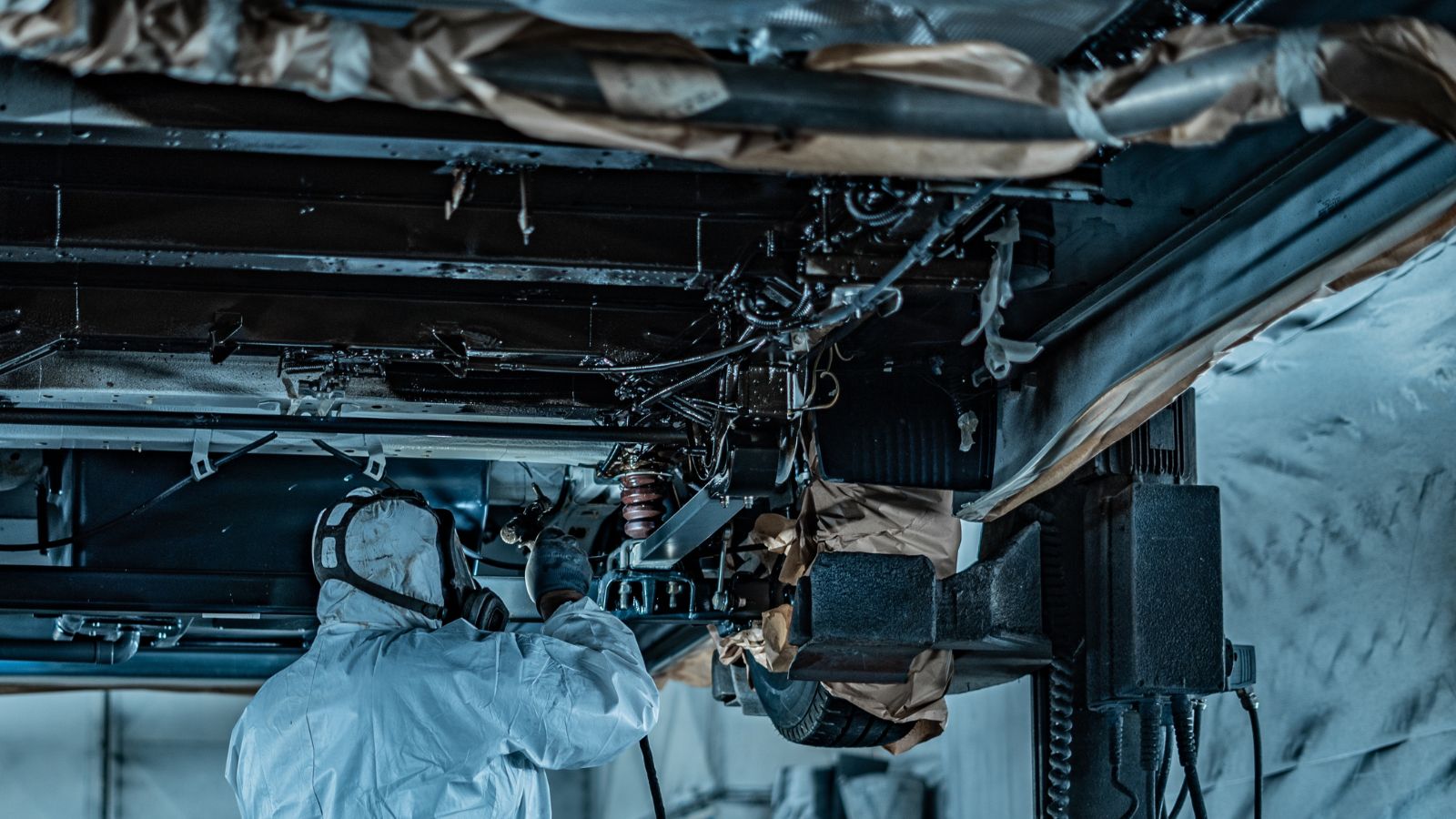
Ask a driver in the Canadian prairies or the Northeast who invested in annual oil based rustproofing, and you will often hear the same story: the treatment paid for itself. Trucks used daily for work, exposed to salted highways and gravel roads, often lasted years longer with preventative sprays. In contrast, untreated trucks in the same environment could fail state inspections due to frame rust within a decade. Considering the cost of a new pickup, keeping an older one structurally sound with rustproofing saved owners tens of thousands over time.
The Cost Versus Savings Breakdown

Rustproofing treatments range in cost from around $150 for annual oil sprays to $1000 or more for permanent dealer applied coatings. While the upfront cost seems high, compare that to replacing rusted brake lines, repairing corroded suspension mounts, or addressing frame rust—all repairs that can run into the thousands. If you live in an area with heavy salt use and intend to keep your vehicle well past its factory warranty, the investment pays off. But if you swap cars often or live in mild climates, that same money is better spent on other maintenance.
Alternatives That Work
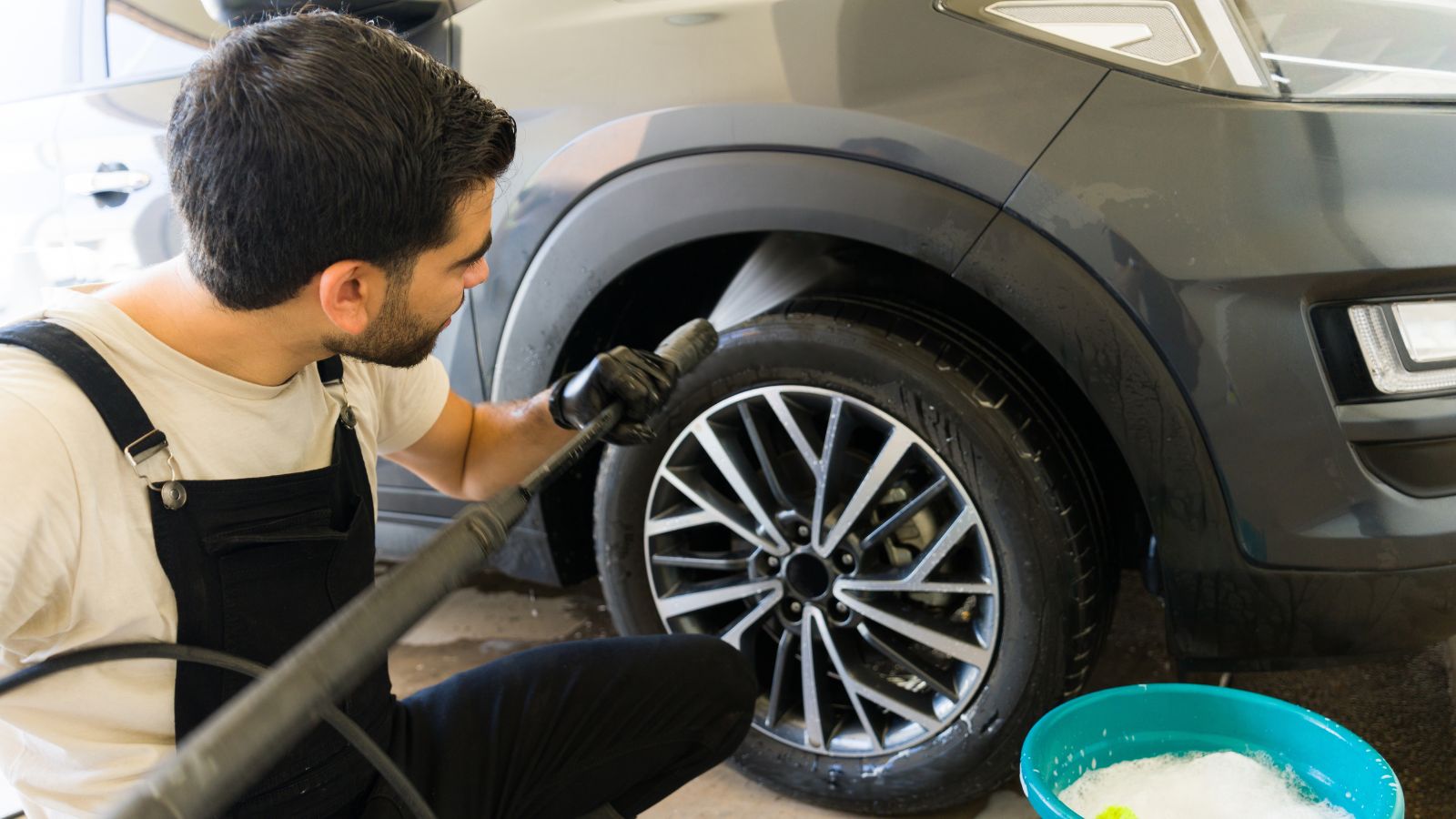
For many drivers, simple preventive care is the smarter choice. Regular undercarriage washes in winter go a long way toward removing salt before it does damage. Touching up paint chips and scratches prevents corrosion from starting on exposed panels. Waxing the car and applying ceramic coatings protect paint against moisture and chemicals. While not as intensive as full rustproofing, these steps often provide enough defense for vehicles in moderate climates, especially when paired with regular maintenance.
The Verdict
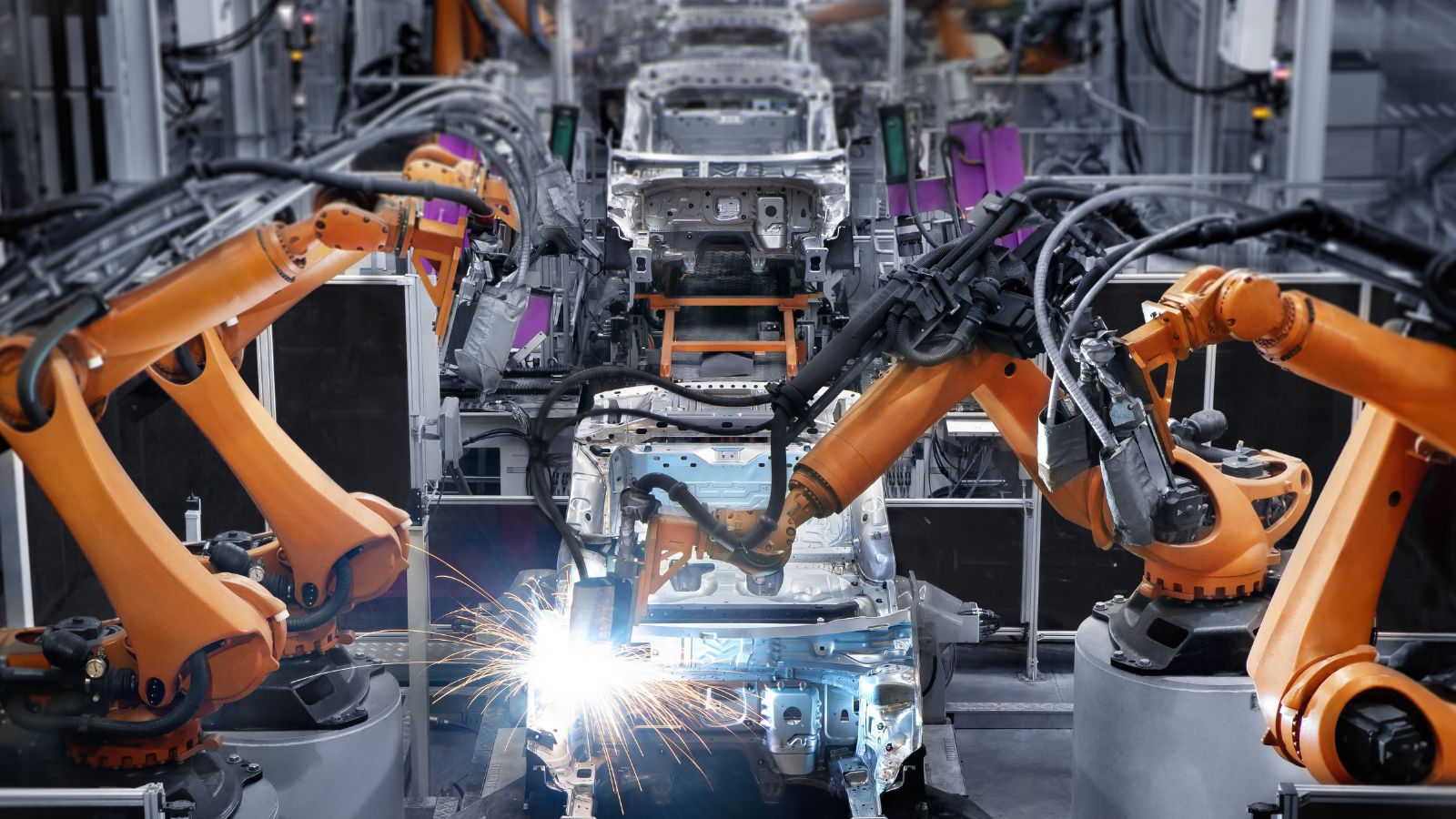
Rustproofing is no longer a universal must have service. Modern manufacturing has reduced the risks dramatically, and for many drivers, factory protection and simple care are enough. But location, climate, and ownership plans still matter. If you live in the salt belt, near the ocean, or plan to keep your car for over a decade, rustproofing remains a smart investment that could save you thousands in long term repairs. If you live in a dry state or plan to trade in after a few years, the factory protection is more than enough. The real answer depends less on the car and more on where and how you drive it.
25 Facts About Car Loans That Most Drivers Don’t Realize

Car loans are one of the most common ways people fund car purchases. Like any other kind of loan, car loans can have certain features that can be regarded as an advantage or a disadvantage to the borrower. Understanding all essential facts about car loans and how they work to ensure that you get the best deal for your financial situation is essential. Here are 25 shocking facts about car loans that most drivers don’t realize:
25 Facts About Car Loans That Most Drivers Don’t Realize
